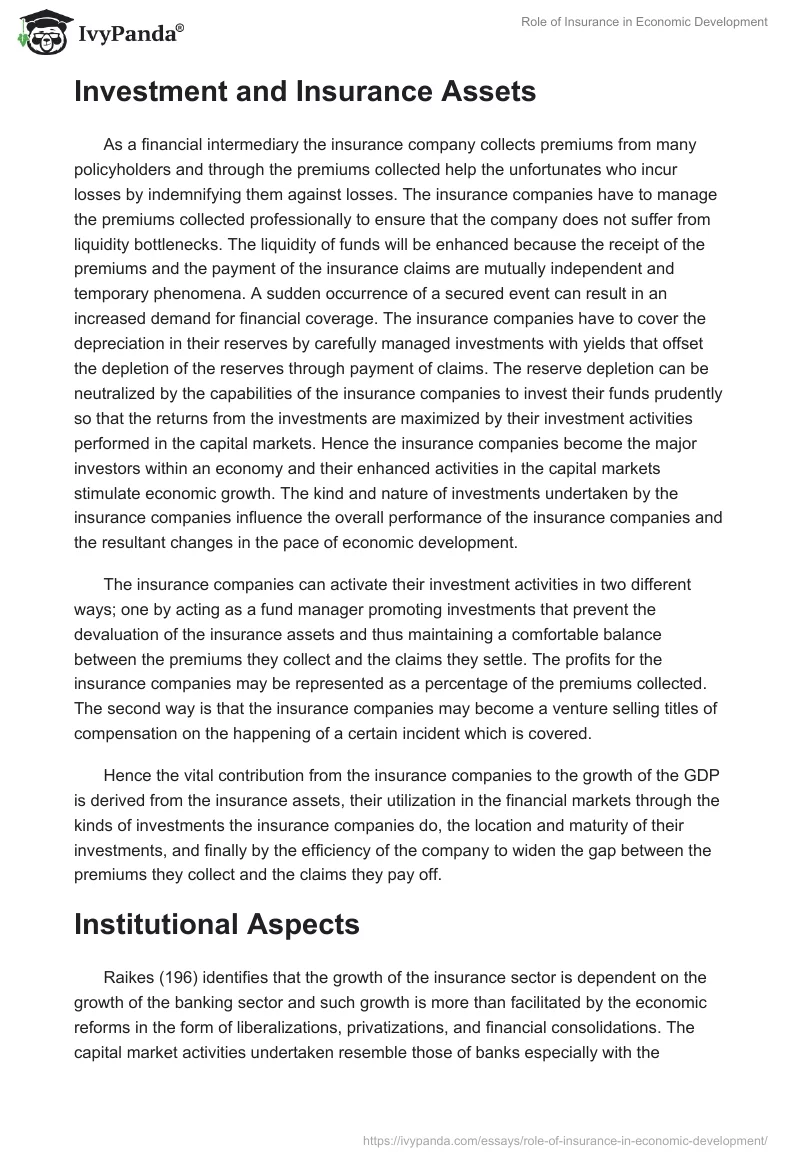3 Simple Techniques For Pacific Prime
A Biased View of Pacific Prime
Table of ContentsThe smart Trick of Pacific Prime That Nobody is Talking About4 Easy Facts About Pacific Prime DescribedPacific Prime Fundamentals ExplainedExcitement About Pacific PrimeSee This Report about Pacific Prime

This is because the data were accumulated for a duration of solid economic efficiency. Of the estimated 42 million individuals that were without insurance, just about concerning 420,000 (about 1 percent) were under 65 years old, the age at which most Americans become eligible for Medicare; 32 million were grownups in between ages 18 and 65, about 19 percent of all adults in this age; and 10 million were youngsters under 18 years of age, regarding 13.9 percent of all youngsters (Mills, 2000).
These quotes of the variety of individuals without insurance are generated from the yearly March Supplement to the Current Population Study (CPS), performed by the Demographics Bureau. Unless or else kept in mind, national estimates of people without health insurance coverage and percentages of the populace with various type of insurance coverage are based upon the CPS, one of the most widely utilized resource of price quotes of insurance policy protection and uninsurance rates.
10 Simple Techniques For Pacific Prime

Still, the CPS is particularly beneficial since it creates annual price quotes reasonably swiftly, reporting the previous year's insurance policy coverage approximates each September, and due to the fact that it is the basis for a constant collection of estimates for greater than 20 years, enabling for evaluation of trends in protection with time. For these reasons, along with the considerable usage of the CPS in other research studies of insurance policy protection that exist in this report, we count on CPS quotes, with limitations kept in mind.

The price quote of the number of without insurance individuals expands when a populace's insurance policy condition is tracked for several years. Over a three-year duration starting early in 1993, 72 million people, 29 percent of the U.S. https://dzone.com/users/5122954/pacificpr1me.html. population, were without coverage for at least one month. Within a solitary year (1994 ), 53 million individuals experienced a minimum of a month without coverage (Bennefield, 1998a)
Six out of every ten uninsured adults are themselves employed. Although functioning does enhance the probability that one and one's relative will have insurance policy, it is not an assurance. Even participants of family members with two full-time breadwinner have nearly a one-in-ten chance of being without insurance (9.1 percent uninsured price) (Hoffman and Pohl, 2000).
The 7-Minute Rule for Pacific Prime
New immigrants represent a significant proportion of people without wellness insurance. One analysis has actually attributed a considerable section of the current growth in the size of the U.S. uninsured populace to immigrants that got here in the country between 1994 and 1998 (Camarota and Edwards, 2000). Current immigrants (those that involved the USA within the past four years) do have a high price of being without insurance (46 percent), yet they and their children account for just 6 percent of those without insurance coverage across the country (Holahan et al., 2001).
The relationship between wellness insurance and access to care is well established, as documented later on in this chapter. Although the partnership between health and wellness insurance policy and health outcomes is neither straight nor easy, a considerable scientific and health and wellness solutions research literary works links medical insurance coverage to improved access to care, better top quality, and boosted individual and populace wellness standing.
Levels of evaluation for examining the impacts of uninsurance. This conversation of medical insurance protection focuses mostly on the united state populace under age 65 since basically all Americans 65 and older have Medicare or various other public protection. It focuses specifically on those without any kind of health insurance policy for any size of time.
Pacific Prime Can Be Fun For Anyone
The problems dealt with by the underinsured are in some areas comparable to those dealt with by the uninsured, although they are usually much less severe. Wellness insurance policy, nevertheless, is neither necessary neither adequate to acquire accessibility to clinical services. The independent and straight effect of health insurance policy coverage on accessibility to health and wellness services is well developed.
Others will certainly acquire the health treatment they need also without medical insurance, by spending for it out of pocket or seeking it from suppliers that offer treatment cost-free or at extremely subsidized rates. For still others, wellness insurance coverage alone does not make certain receipt of treatment due to various other nonfinancial barriers, such as an absence of healthcare providers in their area, restricted accessibility to transportation, click this link illiteracy, or etymological and social differences.
About Pacific Prime
Formal research about uninsured populaces in the United States dates to the late 1920s and early 1930s when the Committee on the Price of Medical Treatment produced a series of reports regarding financing medical professional workplace check outs and hospital stays. This concern became salient as the numbers of medically indigent climbed up throughout the Great Clinical depression.